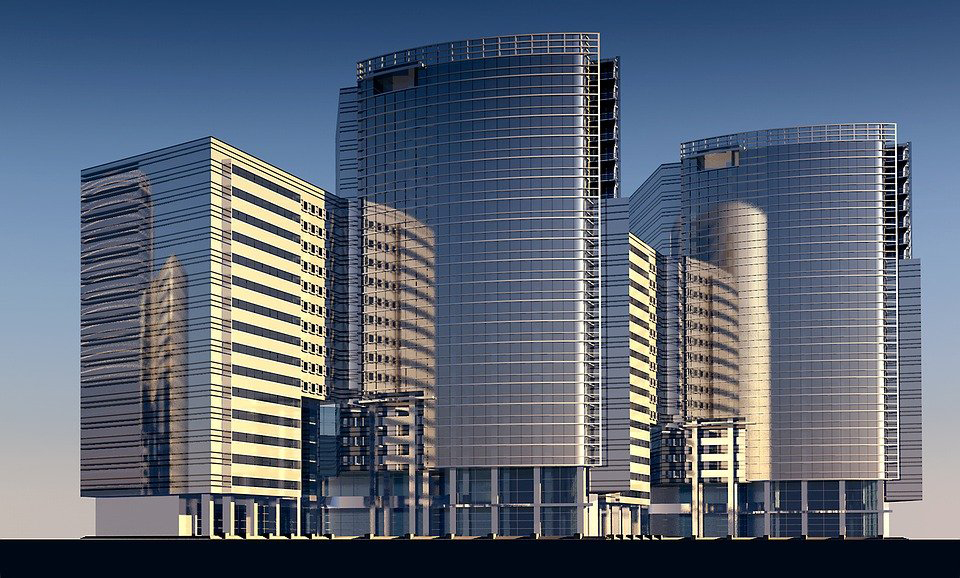
Source: thecityfix.com

Energy-efficient buildings are an important key to unlocking recovery from the health and economic crises of COVID-19, as well as a critical solution for addressing the climate crisis. The IEA estimates that sustainable buildings can save more than $1 trillion by 2050, which will be critical to households, companies and governments. What’s more, much of the extraordinary opportunity to improve the buildings sector – both in the near term and long term – remains frustratingly untapped. Efficiency improvements are a ready intervention, waiting for a simple push that could reap multiple benefits.
While the building sector is often seen as highly technical, action is critical because of its direct impact on people – and people must be the focus of this recovery. So let’s start by looking at people, and work backwards to the technical improvements in buildings that can provide real benefits.
People, especially those who live in cities, spend most of their time in buildings. The average person in the U.S. spends 90% of their lives inside. We’ve seen increasing evidence that airflow and ventilation in buildings is a factor in the spread of COVID-19. Improvements to these ventilation systems – which can be made in conjunction with energy efficiency improvements – can improve people’s health and livelihoods.
For example, building energy efficiency retrofits can reduce symptoms of respiratory and cardiovascular conditions, arthritis and allergies. These health impacts far outweigh the costs of upgrades, with benefit-cost ratios as high as 4:1 when health and wellbeing impacts are included.
To read the full content, please click here.
© 2025 ECO-NIWAS. ALL RIGHTS RESERVED.